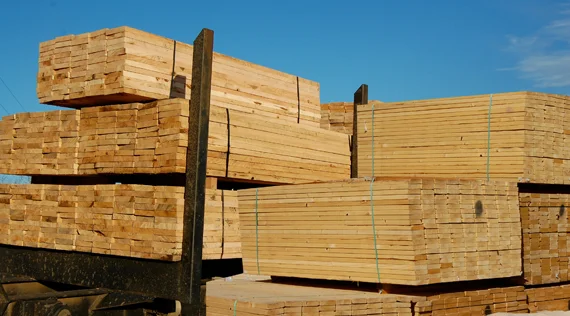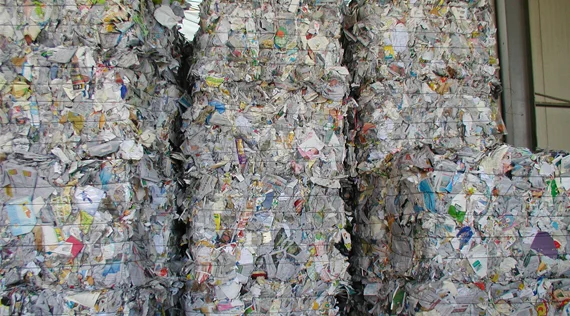Parajuli added that the U.S. also lacks the capacity to meet domestic demand.
SEATTLE (Scrap Monster): President-elect Donald Trump has threatened to impose a 25% tariff on imported goods from Canada and Mexico if the countries don’t curb the flow of illicit drugs and illegal migrants into the United States.
If he follows through with that threat, it could have economic consequences for the U.S. lumber supply chain, according to Rajan Parajuli, an associate professor of forest economics and policy at NC State.
Canada is one of the world’s largest producers and exporters of softwood lumber. In 2023, the U.S. imported 28.1 million cubic meters of softwood lumber from Canada, primarily for residential and commercial construction.
Trump’s proposed tariff would require U.S. companies to pay a 25% tax to the U.S. government when importing Canadian softwood lumber products, with the goal of encouraging those companies to invest in domestic production instead.
U.S. companies would likely attempt to recoup tariff-related losses by raising the price of Canadian softwood lumber, which would potentially impact the housing market by making building materials more expensive.
“Tariffs unequivocally work towards pushing domestic lumber prices higher. When that happens, it usually adds up to higher costs for consumers,” Parajuli said.
When domestic lumber prices rise, U.S. companies benefit from increased profits as U.S. consumers have to pay more money for imported lumber, at least as long as demand for building materials and other lumber products remains steady.
Parajuli highlighted the 2006 U.S.–Canada Softwood Lumber Agreement as an example of how tariffs can impact the supply chain. The agreement essentially allowed Canadian provinces to charge an export tax on softwood lumber purchased by U.S. companies.
Under the agreement, which was active until 2015, U.S. lumber producers gained $1.6 billion and U.S. consumers lost $2.3 billion as softwood lumber imports from Canada declined by 7.78% in the months when export taxes took effect.
“U.S. consumers not only paid producers’ gains, but also the losses that resulted from the export taxes,” Parajuli said.
Similar to the 2006 U.S.–Canada Softwood Lumber Agreement, President-elect Trump’s proposed tariff would likely lead to a slight decline in softwood lumber imports from Canada because of increased prices domestically.
U.S. companies could increase softwood lumber imports from other trade partners, such as Germany and Sweden, to continue meeting domestic demand. Both countries have been exporting increasing amounts of lumber to the U.S. in recent years.
In the long term, the U.S. would need to work with Canada to negotiate a new softwood lumber agreement, according to Parajuli. Germany, Sweden and other trade partners simply don’t have the inventory or capacity to displace Canada in lumber exports.
Compared to the 28.1 million cubic meters of softwood lumber that Canada exported to the U.S. in 2023, for example, Germany and Sweden only exported a combined 3.49 million cubic meters of softwood lumber to the U.S. during the same period.
“Up to 30% of softwood lumber consumed in the U.S. each year comes from Canada. A small portion of the total market share is captured by other countries,” Parajuli said.
Parajuli added that the U.S. also lacks the capacity to meet domestic demand. While the U.S. has plenty of land to harvest for softwood lumber, the forestry sector has struggled with workforce challenges in recent years.
At the same time, Interfor and other companies have closed numerous sawmills across the southern U.S. due to a combination of supply chain issues and weak demand caused by high interest rates.
Parajuli said the U.S. lumber and the overall wood product markets may remain volatile given the uncertainty in trade and market policies under the Trump administration.
“In an era where technological advancements are rapidly evolving, especially in the logging sector, the U.S. should invest in upgrading the forest products supply chain,” Parajuli said. “Sustainable markets are key to growing and conserving our forests.”
Courtesy: www.ncsu.edu





 Member
Member